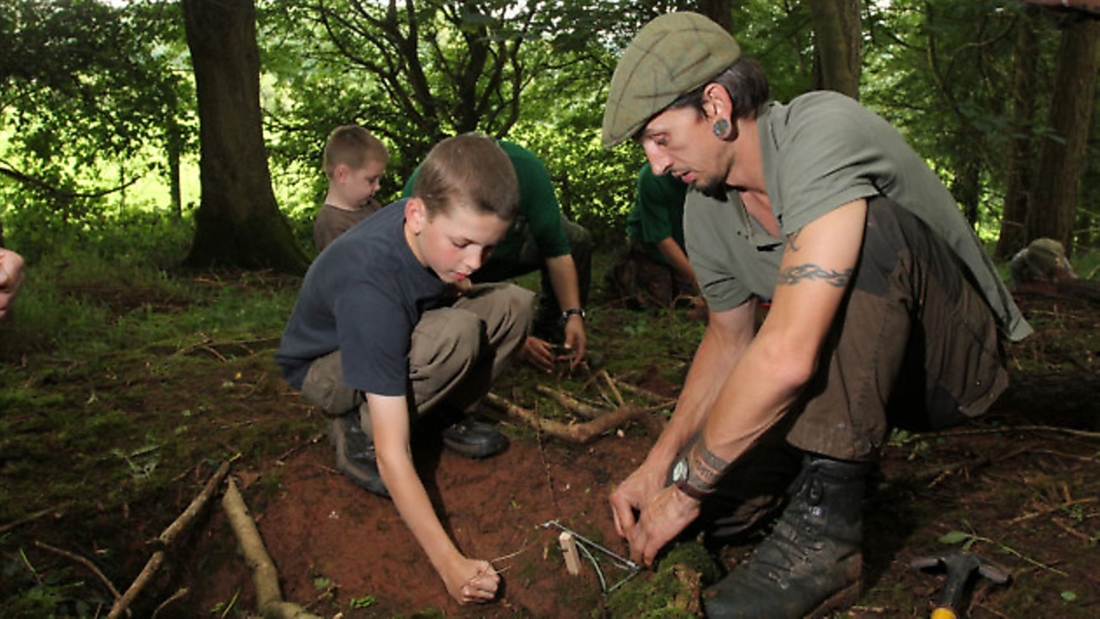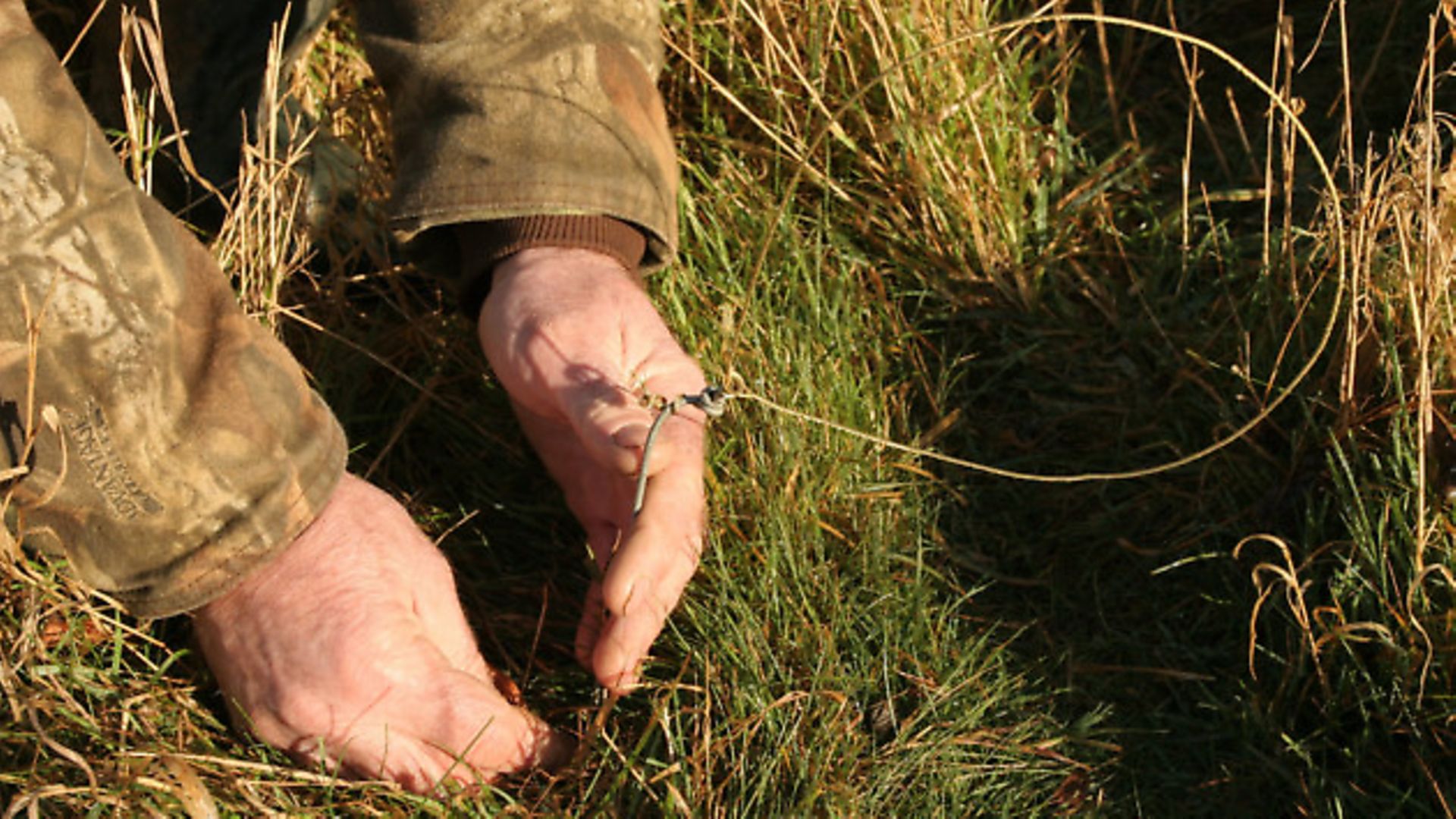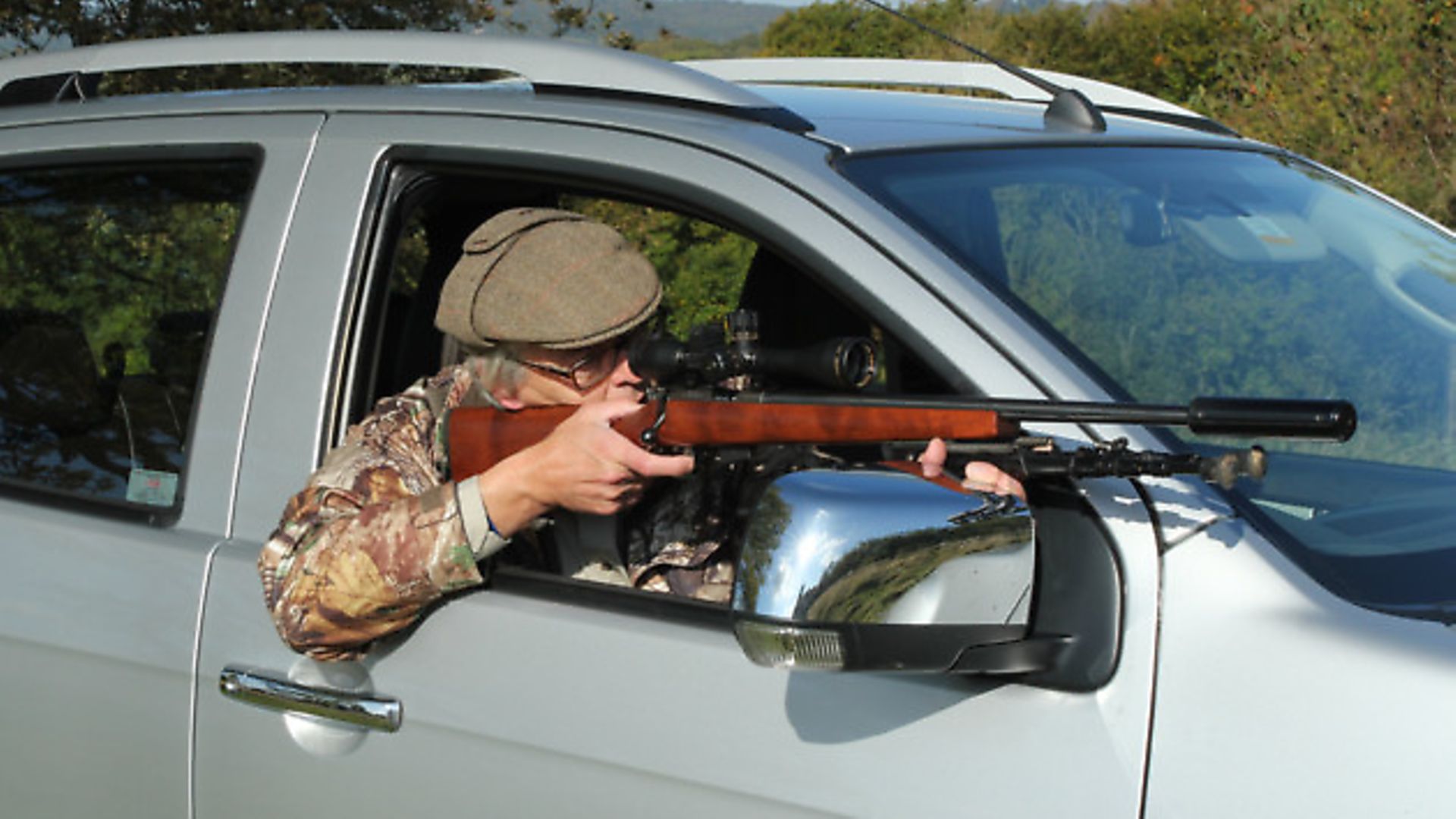Mind games

You know how to stalk your quarry stealthily, but how do you find it in the first place? James explains how to get inside your quarry’s head
In this series we’ve looked at things that might alarm your quarry, whether it’s showing yourself on the skyline, letting your scent blow into its nostrils or snapping a twig underfoot. All of which assumes you’re creeping stealthily towards your quarry. But first of all you need to find it, or at least have some idea of where to look for it. Only then will you stand a chance of spotting it before it spots you, so you can put your stealthy moves into practice.
So how do you go about finding your deer, rabbit or pigeon? At the most basic level, most of us quickly get to know where quarry species can be found on our patch. There will be that spot by the gate where you regularly see a roe deer, or the field beside the railway line that’s always heaving with rabbits.
That’s fine as far as it goes, and most of the time it will serve you well enough. But sooner or later you will look in your favourite spot and see nothing there. It’s what leads to the infamous comment: “You should have been here last week – this field was blue with pigeons.”
That’s not good enough for a sporting guide who earns his living by putting paying clients in front of quarry. And it’s certainly not good enough for a true countryman who wants to understand the ways of wildlife, both quarry and non-quarry alike. Both those characters – and often they are one and the same – will want to be one step ahead of the quarry, being able to predict its movements by knowing what makes it tick.
You can spend a lifetime trying to understand animal behaviour, but the basic principles are simple enough. Every living thing has physical needs: without fulfilling them it will soon become ill and die. It needs to breathe, eat, drink, sleep, excrete and maintain its inner body temperature. In our soft 21st century lives we take most of those things for granted, but for wild animals much of their time and effort is spent just staying alive. If we were kicked out of our cosy homes to live in the woods and fields we would soon understand what drives animals to go searching for food or curl up on a warm dung-heap in the snow. And we would quickly appreciate the need to find good quality food with the minimum of physical effort.
Very often, then, we can predict where our quarry will be found by understanding what it prefers to eat and where it can find it with the least effort. For instance, if you’re looking to shoot pinkfoot geese in Aberdeenshire at this time of year, a good start would be to find some tender young crops within easy flying distance of their roost. Unfortunately it’s rarely that simple, and the geese will pick another field for no reason that we can fathom – although to a goose it’s probably glaringly obvious that the crop in the other field is much tastier.
In much the same way, the squirrels in my local woods have been beating a path to one tree after another – hazel, pine and oak – as the seeds, nuts and acorns ripened. OK, I will never understand why one day the acorns are suddenly irresistible, but by watching the patterns of behaviour day by day, season after season, I can make a pretty good guess where to find the squirrels on any given day.
Our quarry often takes the same routes through the countryside, which can provide another chance to catch it unawares. Generations of foxes will take the same path through a wood, and pigeon flight-lines will be repeated yearly. I’ve been going back to the same patch in the Highlands since I was knee-high and I can guarantee that certain rabbit and hare runs will be exactly where they were when I was first learning to set a snare 40 years ago. Why? Who knows – but it can’t simply be passed on from one generation to the next. The path an animal takes must be the obvious choice to the animal; it’s just that we don’t see it the same way because of our physical differences, such as our higher eye-line and longer stride.
This is well understood by skilled trackers – people like the Dorobo hunters featured in the wonderful BBC series Human Planet (they were in the ‘Grassland’ episode, but the whole series is worth watching over and over again). These guys dug a hide beside a water-hole in the Kalahari, demonstrating their understanding of their quarry’s habits and needs. They waited seven days for a kudu to come near enough for a shot, showing remarkable patience, another vital fieldcraft skill.
Finally their patience was rewarded and they hit their animal with a poisoned arrow. Of course it ran, and they had to track it for miles across the dry, difficult terrain. As he went, the older hunter held his hand in front, at the height of the animal’s head, making ears with his index and little fingers, and jogging his hand up and down as the animal’s head would move. It helped him to see the landscape as the animal would, and predict which way it would go. It looked faintly silly, but he found his beast and the village got their food, and there’s nothing silly in that.
In the same way, before setting a snare I will crouch down to look along a rabbit run – taking care not to spoil it with my scent – to see the track from the animal’s point of view. A tuft of grass or small mound becomes a major landscape feature when seen from ground level, helping you to understand why the track turns this way or that.
We’ve seen how animals are driven by simple physical needs such as shelter, food and water. But there’s another biological imperative that takes priority at certain times of year – sex. The urge to reproduce is so strong that animals will put aside comfort and food in their eagerness to mate. To find your quarry, you need to know what’s driving it. There’s no point waiting for a fallow buck at his feeding ground if he’s busy sparring with rivals at his rutting stand. Likewise, a lot of fox behaviour can be explained by the vixen’s need to find a suitable mate and, in due course, look after her cubs.
Understanding animal behaviour can be absorbing and after a lifetime’s study you come to realise just how little we really know. It’s all part of the fascination. Just remember that most things an animal does can be explained in terms of its most basic needs for food, drink, shelter and sex – much like certain people I could name, come to think of it!
It’s very satisfying when you can say to yourself, “I think they’ll be feeding there today,” and you’re proved right. And of course it’s not just study for its own sake – the better you can get inside your quarry’s head, the more sport you’ll get.







